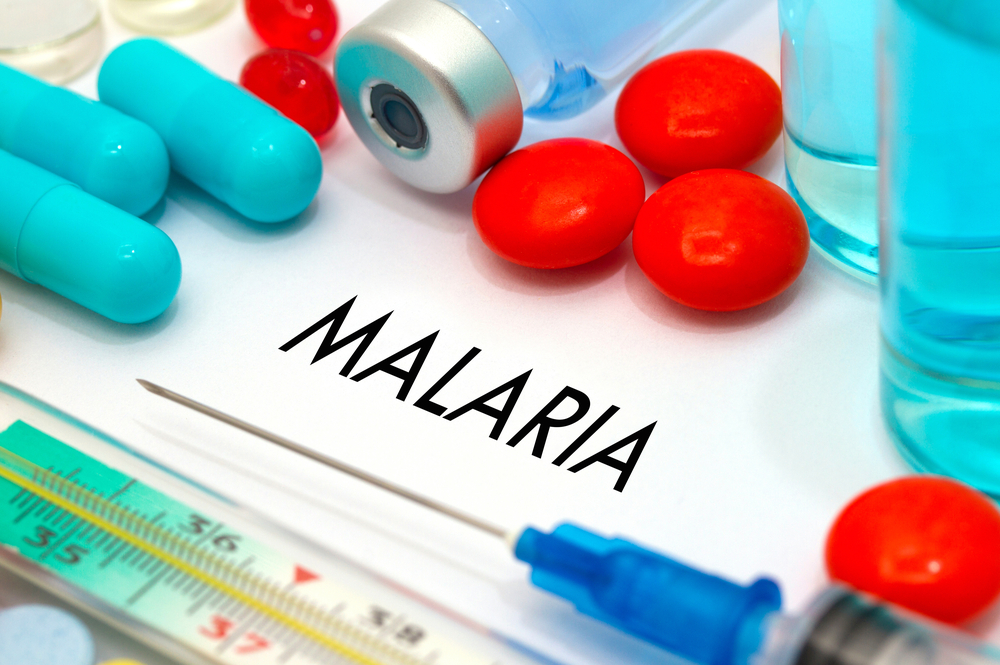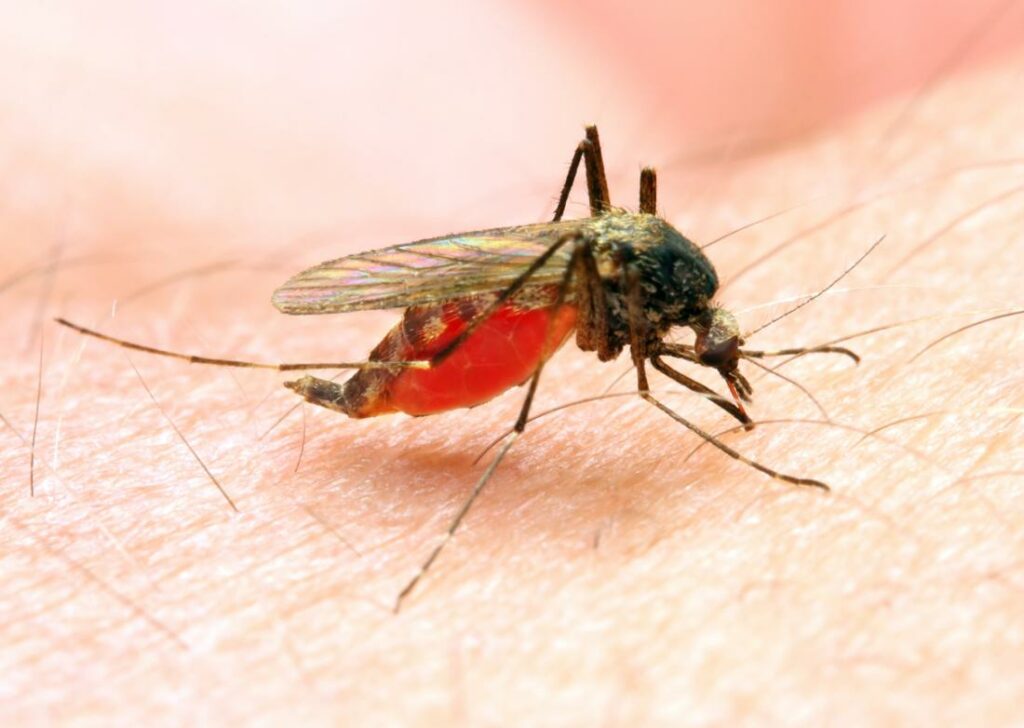Malaria is known as a dreadful and fatal disease that happens due to a parasite. It is further spread to humans through the infected mosquitoes that these parasites attack. As a result, almost half of the world’s population stays at risk of getting infected with Malaria.
According to some 2019 statistics, Malaria caused an estimated more than 220 million clinical sessions and claimed 409,000 deaths. Apart from that, there are a few areas where Malaria transmission happens at more effective rates. These areas include South Asia, Africa, Central Asia, and South America.
In this article, we will focus on Malaria Prophylaxis, what it’s composed of, and how it helps prevent the attack of Malaria.
An Overview Of Malaria
Before discussing Malaria Prophylaxis, let’s look at the symptoms, causes, and risk factors of Malaria.
Malaria transmits through the bite of the female Anopheles mosquito. Now, this female Anopheles carries the Plasmodium parasite. Hence when this mosquito bites you, the parasite is injected into your bloodstream.
After attacking your bloodstream, in a few days, the parasite starts infecting the red blood cells.
In addition, Malaria is commonly present in either tropical or subtropical areas. According to another study, WHO (World Health Organisation) declared that in 2016, there were an estimated 216 million cases of the fatal disease in a total of 91 countries worldwide.
Causes
As mentioned earlier, Malaria spreads or occurs if a mosquito infected with the Plasmodium bites you. However, there are four different varieties of Malaria that infect human beings:
- Plasmodium Falciparum
- Plasmodium Vivax
- Plasmodium Ovale
- Plasmodium Malaria
Out of all these, Plasmodium Falciparum inflicts a more severe disease condition that can cause death in some cases.
Since the disease affects the red blood cells, pregnant women can also transfer this disease to their newborns before or during birth. In other scenarios, Malaria can move through the usage of needles or during organ transplants.
Symptoms
Just like any other disease, there are also signs and symptoms for you to detect whether you have contracted Malaria or not. The most common of those are listed down below:
- Chills
- Fever
- Fatigue
- Headache
- Cough
- Diarrhoea
- Nausea and Vomiting
- Joint and Muscle pain
- Abdominal pain
- Sweating
These signs and symptoms tend to appear either after ten days or a month following the infection. It is also highly possible that your symptoms might be mild.
Some parasites continue to live in the affected body for several years without causing any harm to the host. However, as Malaria advances to sustain within the host, it can cause other problems like jaundice and anaemia.
Malaria Prophylaxis
The literal meaning of “Prophylaxis” is treatment or action taken to prevent a particular disease. So let’s discuss the prevention you need to protect yourself from contracting Malaria in detail!
1. Awareness Of The Risk
The first and foremost method of keeping the risk of Malaria at bay is to stay updated and aware of it. By this, it means that before you travel, you must be mindful of whether you are travelling to a malaria-affected area or not.
It is also crucial that you travel to a country at the time of the year when it isn’t the monsoon season. Since seasonal rainfall can be a good breeding ground for mosquitoes, hence increases the risk of a malaria attack.
Moreover, you must be mindful of the entire process of how Malaria transmits and what the causes, factors are, and signs that point toward the possible transmission of Malaria.
2. Prevention From The Bites
Avoid getting bitten by mosquitoes while you travel. You should be highly cautious, especially at dusk time. Mosquitoes tend to transmit Malaria at the time the sun is setting.
The more you avoid getting bitten by a mosquito, the more chances you get of not contracting Malaria. You can also prevent these bites by wearing long sleeves and long bottoms when you head outdoors.
Furthermore, you can incorporate the use of mosquito repellents and creams to protect yourself even more. If you wish to control the number of mosquitoes somehow, you can use mosquito coils – made using the dried paste of pyrethrum. While sleeping, you can put mosquito nets preventing mosquitoes from having skin contact.
3. Chemoprophylaxis
Chemoprophylaxis refers to the usage of drugs or medication to prevent diseases. For example, when travelling to an area where malaria is prevalent, your doctor will advise you to take certain medicines before, during, and after exploring the area.
However, it is essential to understand that no prophylaxis regimen is absolute and that you still have to adhere to the prevention tips discussed earlier.
This medicine is usually an antimalarial medication that reduces your risk of contracting the virus, thus preventing death. Antimalarial drugs depend on some factors such as personal preference, medical status and where you are travelling.
As this is the ultimate guide, we have narrowed down the most common and highly used drugs under chemoprophylaxis:
- Mefloquine:
Mefloquine is highly effective against the Plasmodium Falciparum and other plasmodial infections in malaria-infected areas. It is given two weeks before travelling and must continue until a month after arriving from such malaria-endemic regions.
Nevertheless, mefloquine is associated with once in a blue moon case of severe reactions. Reactions such as psychosis and nightmares appear in people who have a history of such neuropsychiatric disturbances.
We recommend you consult a medical professional or your doctor before doing anything. Overall, mefloquine must be avoided for people who have a history of depression.
- Doxycycline:
Doxycycline is given 1 to 2 days before travel begins. This should also continue for a month after arriving from malaria-infected areas. Travellers who take Doxycycline fall prey to photosensitivity. It can also cause diarrhoea, nausea, pain, abnormal vaginal flora, and vaginal yeast infections.
Again, you must talk to your doctor or a medical professional as that will prove helpful in the long run.
- Atovaquone-Proguanil:
Atovaquone-Proguanil is a perfect combination of the drugs atovaquone and proguanil. These drugs should be given 1 to 2 days before departure and must continue for a week after leaving the area.
This drug is handled well and has fewer side effects. However, the most typical results reported in people are abdominal pain, vomiting, and headaches.
Conclusion
Malaria is a life-threatening condition with no cure. Thus, it would be best to see a doctor before and after travelling to areas infected with Malaria. The bottom line being here is that you can’t depend on drugs and medicines. Taking care of your hygiene, and observing preventive measures, can protect you from falling victim to Malaria.
You must turn to drugs and medicines only if you visit places with a high malaria prevalence. Otherwise, observing these rules alone can make you good to go.



Recent Comments